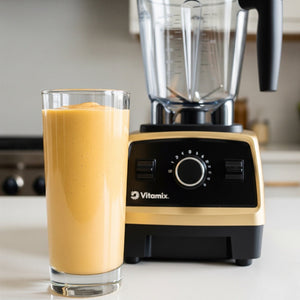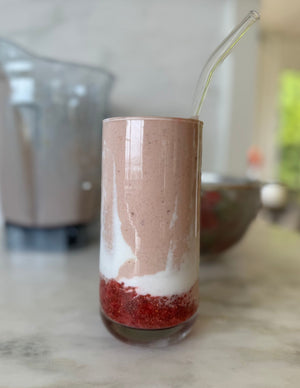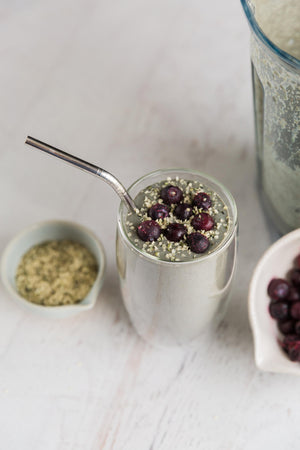
Lets cut to the chase….inside your colon lives a microbiome. This bacterial ecosystem accounts for the majority of cells in your body, there are 10 bacteria cells to every 1 human cell. Thousands of researchers are studying how this ecosystem effects our genome, daily choices, pooping patterns, wellness and lifestyle today. (Learn more at Human Microbiome Project) Disruptions in the microbiome are linked to cognitive disorders such as anxiety, depression and autism.
In an attempt to help you beWELL below we have provided the kellyNOTES to understand and take care of your own digestive tract and ecosystem.
Digestive Tract
Mouth: Chew your food, as you do your mouth releases the enzyme amylase. (enzymes are large molecules that are the catalyst for metabolic processes, simply, this is the chemical that starts to process of breaking down food) Amylase is the enzyme that breaks down carbs and starch.
Stomach: stomach releases proteases (these are protein-digesting enzymes such as pepsin) and hydrochloric acid, which kills or inhibits bacteria and provides the acidic pH of 2 for the proteases to work.
-
Pancreas:
-
90% of the time it makes digestive enzymes which help us to digest food. Enzymes are released from the pancreas into the stomach and small intestines.
Pancreatic proteases (such as trypsin and chymotrypsin) – which help to digest proteins.
Pancreatic amylase – which helps to digest carbohydrates (sugars).
Pancreatic lipase – which helps to digest fat.
5% it makes hormones which regulate our metabolism.
-
-
Small Intestine: 20 feet of tube broken down into three parts, duodenum, jejunum and ileum, is where most chemical digestion takes place. Enzymes enter the small intestine via the pancreatic duct, in response to the hormone cholecystokinin, which is produced in the small intestine in response to the presence of nutrients.
Proteins are degraded into small peptides and amino acids before absorption, this chemical breakdown begins in the stomach and continues in the small intestine.
Lipids (fats) are degraded into fatty acids and glycerol. Pancreatic lipase breaks down triglycerides into free fatty acids and monoglycerides. Pancreatic lipase works with the help of the salts from the bile secreted by the liver and the gall bladder.
Some carbohydrates are degraded into simple sugars, or monosaccharides (e.g., glucose).
Fiber: moves undigested to the large intestines to be digested by gut flora.
-
Large Intestine (aka Colon): its function is to absorb water from the remaining indigestible food matter, and then to pass useless waste material from the body, process usually takes 16 hours.
The colon absorbs vitamins which are created by the colonic bacteria – such as vitamin K, vitamin B12, thiamine and riboflavin.
-
Gut Flora: consists of a complex of microorganism species that live in both your small and large intestines, this ecosystem of bacteria is known at the Micobiome and 60% of the dry weight of your feces is your gut flora bacteria.
-
Function:
breakdown and ferment undigested carbohydrates also known as unsoluable Fiber which results in the subsequent absorption of short chain fatty acids.
training the immune system,
preventing growth of harmful, pathogenic bacteria
regulating the development of the gut
producing vitamins for the host, such as biotin (healthy hair and nails) and vitamin K (blood coagulation and healing), and producing hormones to direct the host to store fats.
-
What can we do to support digestion and our microbiome?
-
Probiotics: are microorganisms introduced into gut flora or good bacteria. Many times these strains are just more of the bacteria already living in your gut. Today, people supplement with probiotics to keep their ecosystem flourishing, diverse, alive and well. In our opinion,
-
Tips for supplementation:
Make sure your probiotics need to be refrigerated
Aim for over 30 strains and 80 million live culture
Support your large and small intestines with both lactobacillus and bifidobacterium strains.
-
-
Prebiotics: a nondigestible food ingredient that promotes the growth of beneficial microorganisms. Feeding your healthy gut prebiotics reduces the ability of disease-causing microorganisms (or bad bacteria like Candida or Yeast, Albicans or Fungi) to populate the colon and feeds your good bacteria.
-
Types of prebiotics include:
Inulin and Oligofructose: Increase calcium and magnesium absorption, increase bifidobacterium, increase butyric acid.
Fructooligosaccharides (FOS), Galactooligosaccharides (GOS), Oligosaccharides and Pectin: reduce fasting blood sugar.
-
-
Tips for supplementation: supplement prebiotics naturally; this beneficial fiber exists out there in nature, you just need to eat it.
Raw chicory root (64.6%) – 1/3 oz
Raw Jerusalem artichoke (31.5%) – 3/4 oz – not the green globe
Raw dandelion greens (24.3%) – 1 oz
Raw garlic (17.5%) – 1.2 oz
Raw leek (11.7%) – 1.8 oz
Raw onion (8.6%) – 2.5 oz
Cooked onion (5%) – 4 oz
Raw Asparagus: (5%) – 4 oz








